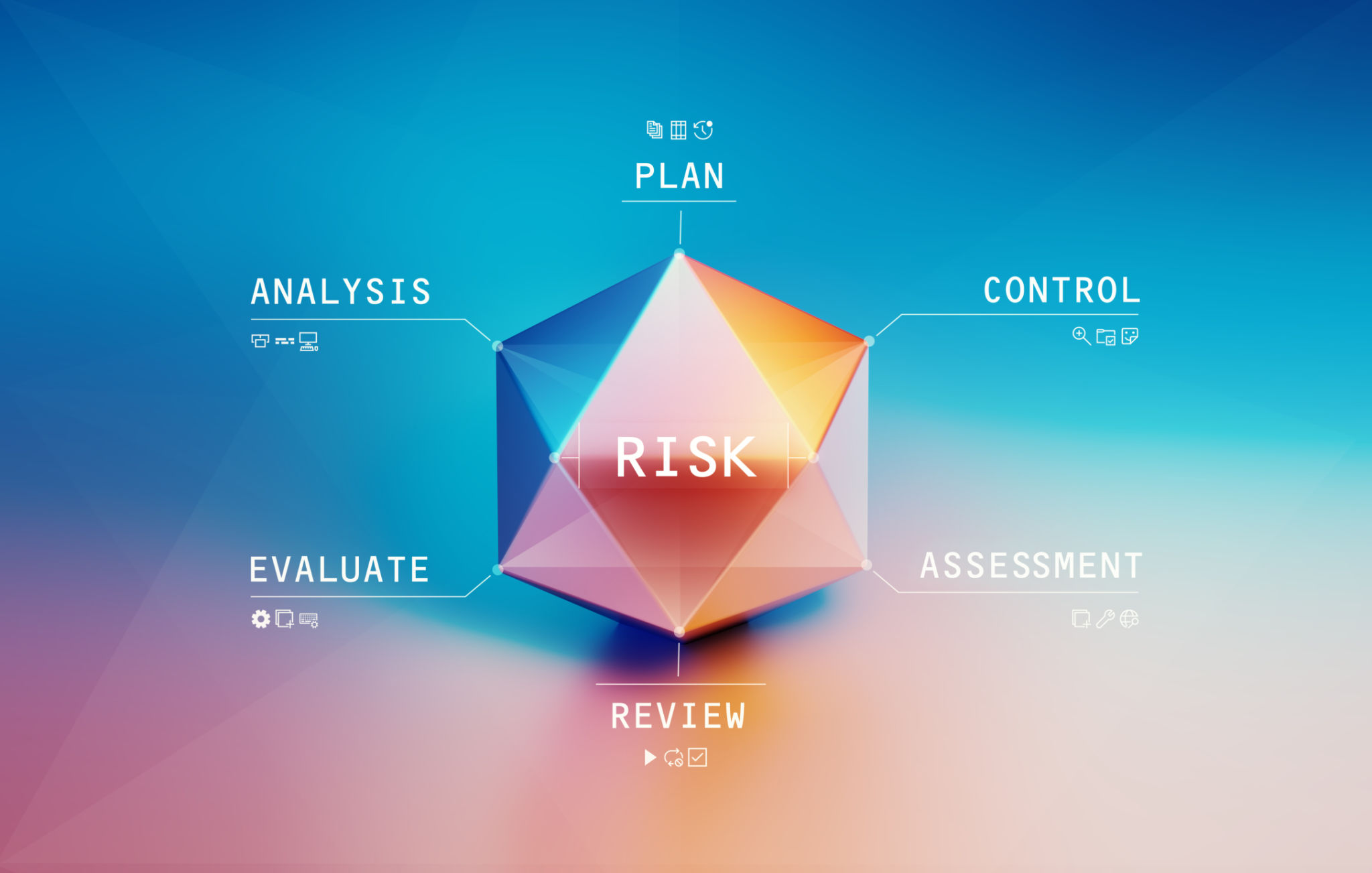Understanding the Tokenized Infrastructure: A Guide for Institutional Investors
Introduction to Tokenized Infrastructure
The concept of tokenization is revolutionizing the financial landscape, offering new avenues for institutional investors. Tokenized infrastructure refers to the process of converting physical assets or rights into digital tokens on a blockchain. This method offers increased liquidity, transparency, and efficiency in asset management.

Benefits of Tokenized Infrastructure
For institutional investors, tokenized infrastructure provides a host of benefits. These include:
- Enhanced Liquidity: Tokens can be traded more easily than traditional assets, providing investors with quicker access to capital.
- Greater Accessibility: Tokenization allows for fractional ownership, enabling a broader range of investors to participate in markets previously reserved for large players.
- Increased Transparency: Blockchain technology ensures that all transactions are recorded and immutable, providing a reliable record of ownership and transfer history.
How Tokenization Works
The process of tokenizing an asset begins with identifying and evaluating the asset to ensure it can be effectively tokenized. Once this is confirmed, a smart contract is created to represent the asset on a blockchain. This smart contract defines the terms and conditions of the asset, including ownership rights and transferability.

Legal and Regulatory Considerations
While tokenized infrastructure offers many advantages, it also presents legal and regulatory challenges. Institutional investors must navigate complex regulations that vary by region. It is crucial to work with legal experts to ensure compliance with securities laws and other relevant regulations.
Risks and Challenges
Despite its potential, tokenized infrastructure is not without risks. These include:
- Market Volatility: The value of tokens can fluctuate significantly due to market dynamics.
- Regulatory Uncertainty: As regulations evolve, compliance can become more complicated.
- Technological Risks: Security vulnerabilities in smart contracts or blockchain platforms can pose significant threats.

The Future of Tokenized Infrastructure
As technology continues to evolve, the role of tokenized infrastructure in financial markets is poised to expand. Institutional investors who embrace this transformation early stand to gain a competitive edge. Ongoing advancements in blockchain technology and regulatory frameworks will further facilitate the adoption of tokenized assets.
Conclusion
Understanding tokenized infrastructure is essential for institutional investors looking to capitalize on emerging opportunities in the digital asset space. By leveraging the benefits of liquidity, transparency, and efficiency, investors can enhance their portfolios while navigating the challenges and risks associated with this innovative approach.
